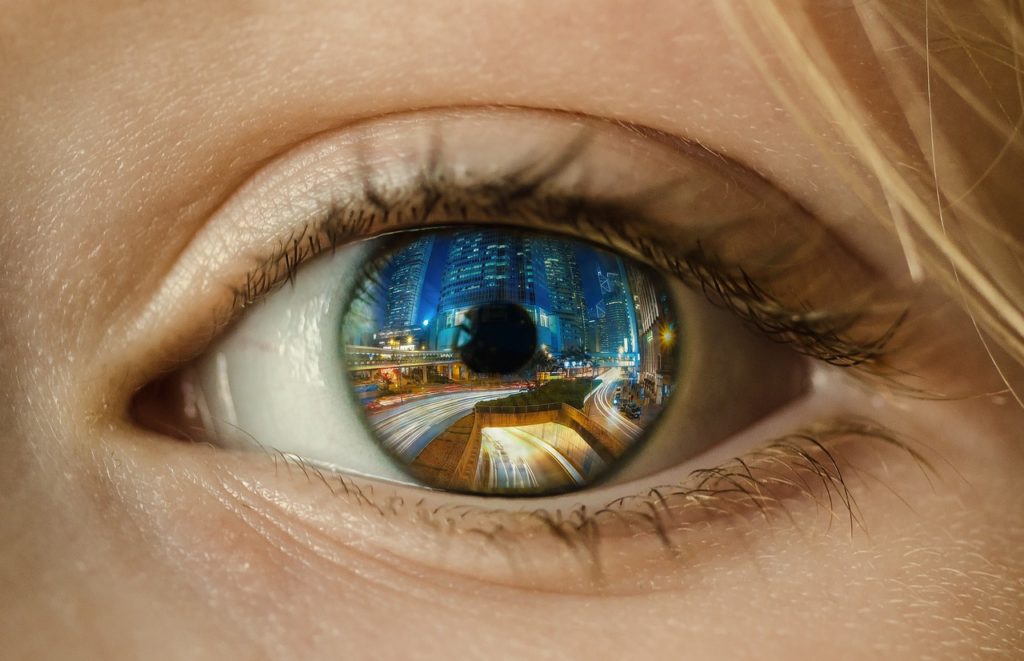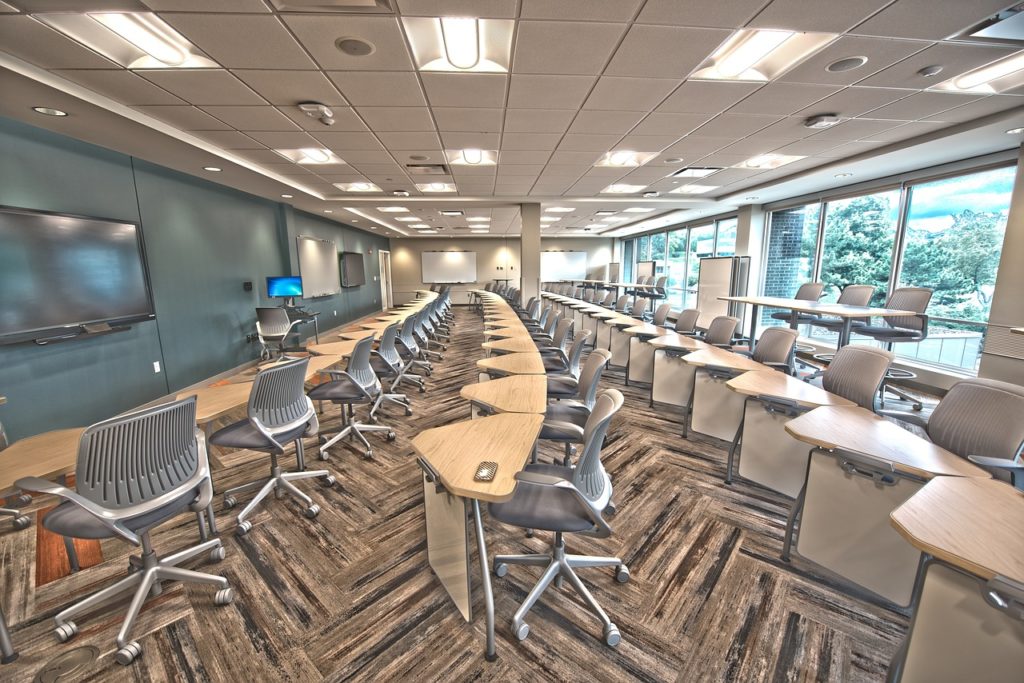Show:
How Can Smart City Technologies Impact Education?
The Internet allows us to retrieve data and keep connected whenever we are. With years, Internet technologies became a part of our personal lives. Today, they actively improve our public and social activities as well. Such a concept as a “smart city” entered our life not so long ago. What does it mean? To cut the long story short, a smart city is a technology that increases citizens’ well-being, awareness, and safety. With its help, people can understand what they need and how to get it, where they are, and how to optimize their actions to reach the best experience. In a word, this technology turns a city into a conscious organism. Many sectors can benefit from smart city. Education is one of them.

Let’s focus on this particular sphere and discuss some possible improvement perspectives.
Teachers Will Be Able to Do Their Job More Efficiently
Smart classroom improves the teaching process, helping educators to prepare better lectures, add new content to them, and reach students’ needs. Being able to connect and communicate with learners, teachers can track their performance better. As such, they will have a clear idea of how to present the materials and which topics require more attention.

The learner-centric environment encourages teachers to guide and assist children, which is a new sort of “student/teacher” relationship. Educators become companions and supporters, not just authoritative or even repressive figures.
Improving Campus Safety
There are a lot of security technologies offered by the smart city environment. These are various alert, emergency and recognition systems, sensors, and other installments. While the more extensive networks use city data, education sphere can benefit from these smart city ideas as well.
Campuses can adapt these solutions to ensure that students stay in a comfortable and safe environment. For instance, a face recognition system will prevent strangers and suspicious persons from entering the territory. Also, emergency systems will inform the staff about problems connected with electricity, water, and gas. These and other installments can predict and prevent potential dangers at the campus.
Connecting Learners Worldwide
Features provided by the smart city for education allow students to have cloud projects to share materials and communicate. Sharing books, lectures, and ideas learners will be able to create a self-expanding academic environment. As such, connecting with peers from all over the world, children will learn things that go beyond their habitual experience.
Getting advice from professional academicians is also a great opportunity provided by an environment of that kind. Today, students are actively using online custom services, saying: “They write my paper for me cheap.” However, the cloud-based digital community will allow them to get even more content for free. They will grasp new approaches to learning, solve problems together, and share educational materials with no restrictions. This feature of smart city technology will broaden learners’ cultural and intellectual horizons.
Increasing Efficiency
The modern age has different values, and classrooms need to keep up with them. Modern children grasp visual information better than any other, and smart education in smart city is a media-rich solution. Technologies allow teachers to present the materials in a clear way, using pictures, videos, and other media.

While traditional classrooms cannot allow enough facilities for learners, the modern digital class allows them to grasp the skills and knowledge required in the 21st century. Smart city education is connected with efficient communication, digital literacy, creative thinking, and better achievement. Digital classrooms support active learning instead of passive content memorizing.
Improve Students’ Engagement in Education
Digital classrooms create a multi-directional learning environment. Students learn from educators and each other; educators learn from students to adjust the program. Learners are inspired to take part in the discussions, group projects, open-ended questioning, and critical thinking. Having an opportunity to connect both online and offline, students communicate more actively and get more interested in the educational process.
In a smart classroom environment, teachers and learners experience better collaborations, which encourages students’ interest. Interactive learning is a new approach to education that allows students to engage with new information in a more efficient way.
Conclusion
The future is already here, and traditional ways of living and communicating become shelved. This is something that happens with every segment of our social and individual existence, from healthcare and finance to education and entertainment. We need to grasp the new and emerging technologies in education and learn how to use them most beneficially.
Smart cities will become a part of our daily existence very soon. They connect people and encourage us to stay engaged and informed. When applying these technologies to the classrooms, we have a chance to improve students’ and teachers’ experience, build academic communities, and consider the needs of every particular learner. Safety, mobility, and instant connection are the most crucial benefits of smart city education.
About the author:
Jeff Blaylock is a self-employed web copywriter. His main sphere of interest is technology and namely the way it improves our everyday life. Jeff is also interested in data analysis, statistics, and digital communications.

 Return to Previous Page
Return to Previous Page








